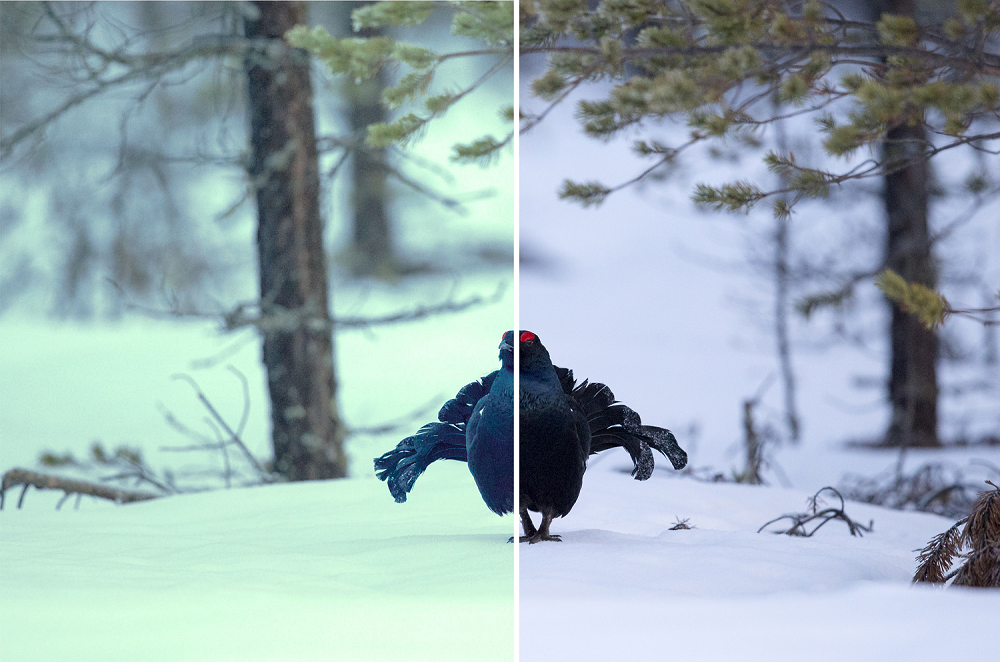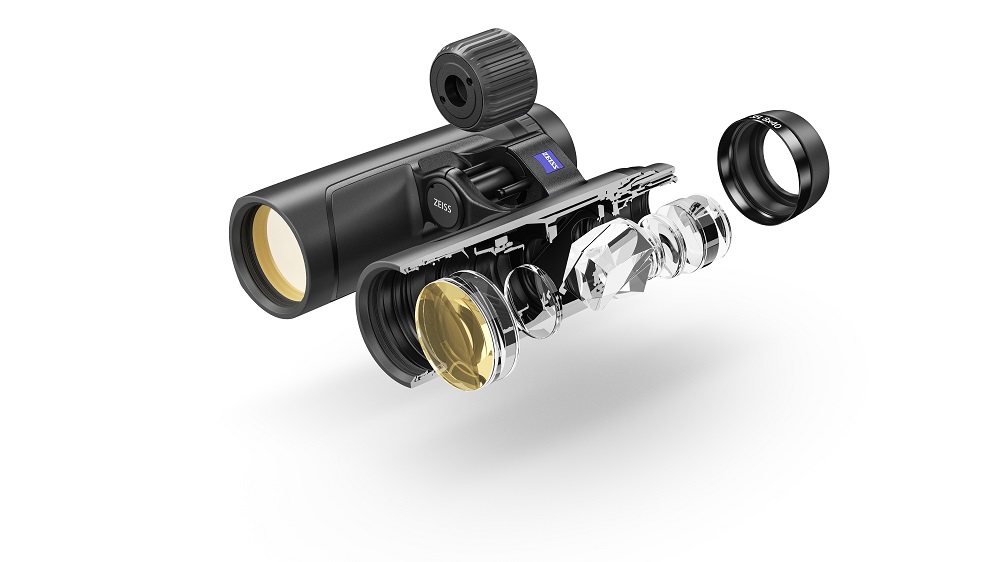An interview about sharpness of detail, color spaces, and how this fits in with the compact design of the ZEISS SFL.
HD, UHD, ED – when it comes to resolution and picture quality, there’s a veritable flood of different terms, and not just in the context of buying a TV. Imaging performance also plays a key role when deciding which binoculars are the right ones for you. In this interview with our ZEISS System Engineer Dr. Florian Grimminger, we clear up the confusion surrounding the terms, find out what makes the UHD concept in the new ZEISS SFL (SmartFocus and Lightweight) binoculars stand out, and explain why they can perform like larger models despite their compact design.

Florian, why don’t you start by explaining what UHD means and how it differs from the HD concept?
Florian: UHD stands for ultra-high definition and describes the optical performance of our ZEISS SFL binoculars. The UHD concept features particularly sharp, detailed imaging and natural color reproduction. In addition, we were able to reduce unwanted stray light by optimizing the optical design and manufacturing the intermediate prism apertures with maximum precision. So essentially, this represents an improvement over the HD concept in terms of both color fidelity and resolution.
The new ZEISS SFL is particularly compact, but at the same time promises to deliver the image quality of larger high-performance binoculars. How is this possible?
Florian: This was precisely the main challenge we faced during development of the ZEISS SFL – finding a compact design without having to sacrifice optical performance while simultaneously achieving ZEISS’s standard of high light transmission rates. In essence, development is always a balancing act between perfect imaging performance on the one hand – i.e., optimized color neutrality and a high light transmission rate – and a compact design on the other. These aspects are highly interdependent and sometimes difficult to reconcile. Working with our coworkers in optical and mechanical design as well as the lab, an iterative process emerges in which we resolve precisely this perceived contradiction to find the right solution.
So let’s first look at imaging performance, consisting of color neutrality and light transmission. How did you succeed in optimizing this within the framework of the UHD concept?Florian: On the one hand, we pursue the goal of reproducing colors as evenly and naturally as possible, and thus without any color cast. For this purpose, we use what is known as the LCh color space, which measures color neutrality. L stands for lightness, C for chroma, and h for hue angle, i.e., whether the color lies more in the area of a green, yellow, blue, or red cast. With the new UHD concept, we’ve been particularly successful in achieving true-to-life color reproduction, so that you won’t see any distorting color casts when looking through the binoculars.

On the other hand, a high light transmission rate is an important feature for achieving a clear and bright image despite the onset of twilight.
The challenge is balancing precisely these LCh color space values with a high light transmission rate at the same time. However, we were able to achieve this by using a combination of high-quality glass types and the necessary color correction coatings. As such, the new ZEISS SFL contains a total of seven lenses, consisting of ED lenses (extra-low dispersion) and FF (FieldFlatterner) lenses for outstanding edge-to-edge sharpness. In addition to the tried-and-true T* coating, additional HT (High-Transmission) lenses in the ZEISS SFL 10×40 also deliver a particularly high light transmission rate. In combination with various optically functional coatings, such as different color correction coatings, we were able to optimize color-neutral image reproduction while maintaining a high light transmission rate.
And how did you succeed in combining these features with a compact design?
Florian: If we had unlimited space inside the binoculars, we wouldn’t need to refract the multiple optical light beams as much and there wouldn’t be as much influence on possible aberrations. But obviously no one wants to carry a huge pair of binoculars around with them on long trips in the great outdoors. For an intelligent optical design, we selected a compact Schmidt-Pechan prism, implemented the use of thinner lens elements, and reduced the distances between the respective lens elements, which enabled us to develop a compact design and still maintain the impressive image quality traditionally obtained from larger binoculars.

In summary, we can say that we were able to achieve the optical performance of the UHD concept in a compact design by combining the following three parameters:
- The combined use of extremely high-quality lens types such as ED, FF, and HT lenses
- An optimized optical design featuring a compact lens configuration and less space between the lenses
- The use of various optically functional coatings
The new UHD concept in the ZEISS SFL therefore offers a particularly immersive and detailed viewing experience for all nature observers – and achieves this in an incredibly compact and lightweight pair of binoculars.